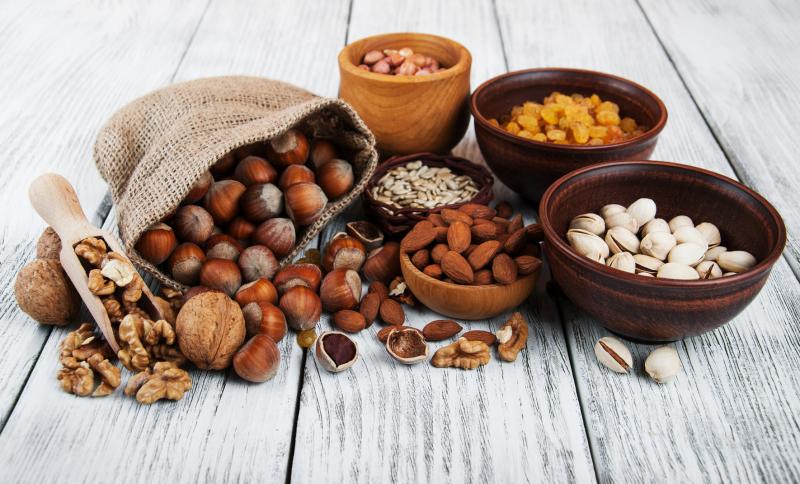
Diets enriched with either pistachios or walnuts appear to be better alternatives than other nut-enriched diets for lowering triglycerides, low-density lipoprotein (LDL) cholesterol and total cholesterol (TC), suggest the results of a meta-analysis.
Literature searches were performed to identify randomized controlled trials comparing two or more of the following diets for the management of triglycerides, LDL cholesterol, TC and high-density lipoprotein cholesterol: walnut-, pistachio-, hazelnut-, cashew-, almond-enriched and control diets.
For each outcome, the investigators conducted random-effects network meta-analyses, ranking analyses based on the surface under the cumulative ranking (SUCRA) curves and sensitivity analyses according to the potential sources of heterogeneity across the included studies.
Thirty-four trials including a total of 1,677 participants met the eligibility criteria. Among the diets included in the meta-analysis, the pistachio-enriched diet was considered best at reducing triglycerides (SUCRA, 85 percent), LDL cholesterol (SUCRA, 87 percent) and TC (SUCRA, 96 percent). The walnut-enriched diet was ranked second best for triglycerides and TC reductions. For LDL cholesterol reduction, the almond-enriched diet was ranked second best.
Compared with the control diet, the pistachio- and walnut-enriched diets were more effective for triglycerides, LDL cholesterol and TC reductions. Compared with the hazelnut-enriched diet, the pistachio-enriched diet was more effective at lowering triglycerides and TC, while the walnut-enriched diet was better for triglycerides reduction.
This meta-analysis, however, was limited by the low quality of evidence ratings, as well as the small number and generally poor reporting of available studies.
“The findings warrant further evaluation by more high-quality studies,” the investigators said.